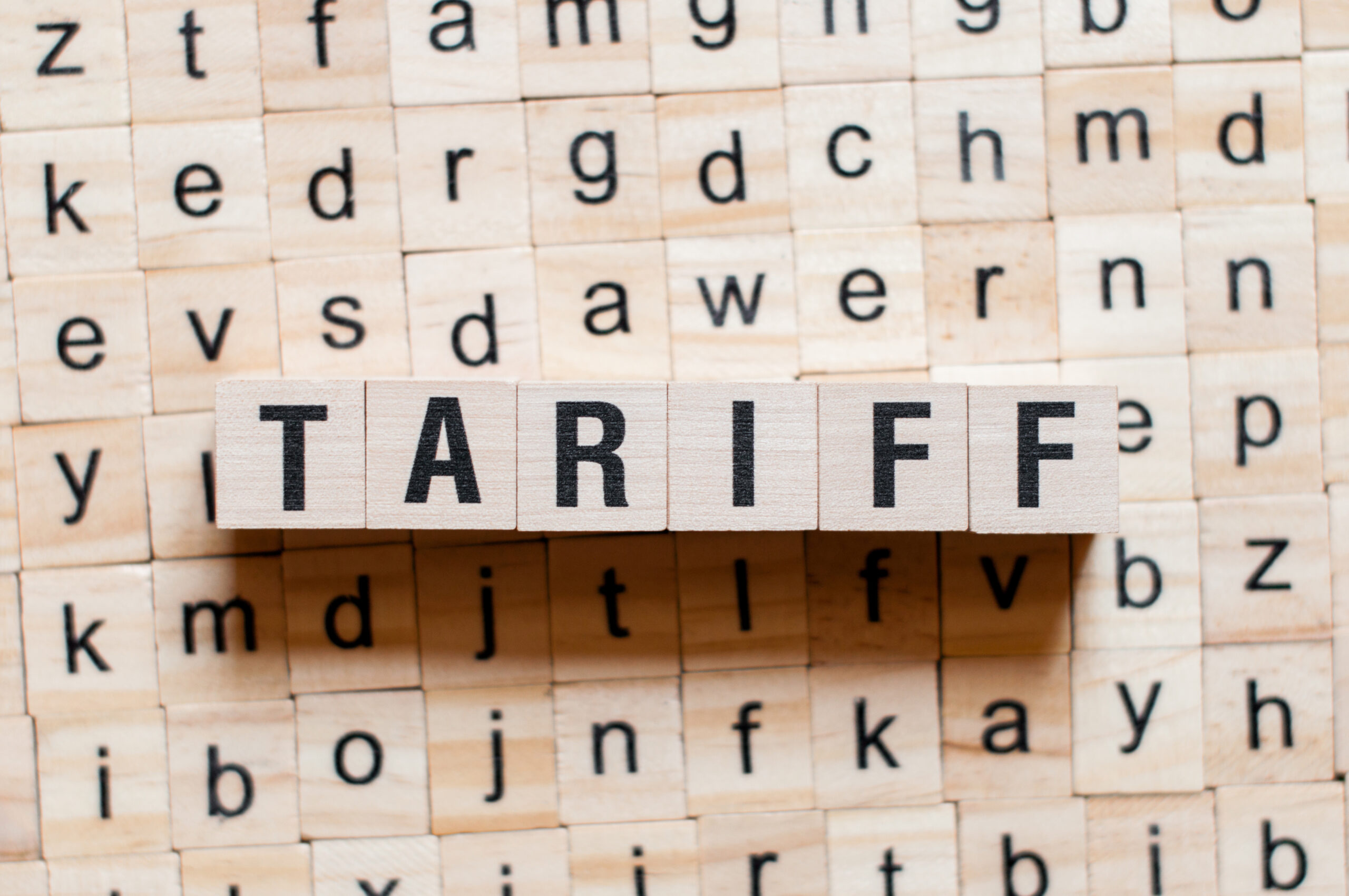
In early 2025, the Trump administration introduced a sweeping series of tariffs policies that marked a sharp shift in U.S. trade strategy. Branded as measures to protect American jobs and industries, these tariffs were part of a broader “America First” economic agenda aimed at reshaping global trade relations. These tariffs are already impacting the chemical industry, and they are expected to raise chemical prices by approximately $18 billion. From raw material sourcing to manufacturing costs, these changes bring new challenges for businesses importing or relying on chemicals and chemical-based products.
At ChemCeed, we understand how confusing and disruptive these sudden trade shifts can be. This summary outlines what’s changed — and more importantly, how you can adapt.
Tariffs on Canada, Mexico, and China
The first major tariff wave was announced on February 1, 2025, targeting imports from Canada (25%), Mexico (25%), and China (10%). Though the initial justification centered on border security concerns, the scope of affected products is broad and includes many relevant to the chemical supply chain.
- China: The tariff rate increased to 20% on March 4 following retaliatory measures.
- Mexico and Canada: While these tariffs were temporarily deferred, some products became exempt under USMCA rules, including various industrial chemicals.
Additionally, the duty-free de minimis exemption for Chinese goods was briefly revoked and then reinstated — creating added uncertainty for importers relying on small-package shipments.
Changes Affecting Importers
Several important regulatory shifts now impact how chemical products move into the U.S., including:
- Foreign Trade Zones (FTZs): Chinese-origin goods must now be admitted as “privileged foreign status,” meaning duties are assessed at the time of FTZ entry — not when the product leaves for final use.
- No Duty Drawback: Companies can no longer recoup duties paid on re-exported goods affected by these new tariffs.
- Classification Scrutiny: U.S. Customs is enforcing strict classification and origin tracking under the Harmonized Tariff Schedule (HTSUS).
Escalation of “Reciprocal Tariffs”
In April, the U.S. took further steps by introducing reciprocal tariffs on countries with which it runs a trade deficit. These include:
- A 10% base rate (effective April 5)
- Country-specific rates as high as 125% for Chinese products (effective April 9, with some suspensions for other countries)
Although some electronics and chemical products are currently excluded, these lists are subject to change. Staying informed will be key to minimizing disruptions.
The Executive Order (EO) includes two main annexes:
- Annex I lists countries where tariff rates will go above the usual 10% starting April 9.
- Annex II lists products that are excluded from these tariffs.
- Annex III provides the specific tariff codes (from Chapter 99 of the Harmonized Tariff Schedule) that are needed to apply the tariffs and exclusions. It’s organized like this:
- Part 1: Codes to use from April 5 to April 9.
- Part 2: Codes to use after April 9 when the new country-specific tariffs kick in.
- Parts 3 & 4: Apply a 12% tariff to Canada and Mexico if previous Executive Orders on immigration and opioids are canceled.
- Part 5: Covers any other codes needed to fully carry out the EO.
What does this mean for customers?
Knowledge of your supply chain is important — especially if your products or raw materials originate from, or transit through, countries like China, Canada, or Mexico. We recommend taking the following steps:
- Review your product classifications (HTS codes) and supplier origin documentation.
- Check your USMCA eligibility for raw materials and finished goods.
- Factor in potential delays or cost increases tied to FTZ or drawback limitations.
- Evaluate alternative sourcing options, if needed — something ChemCeed can help support.
